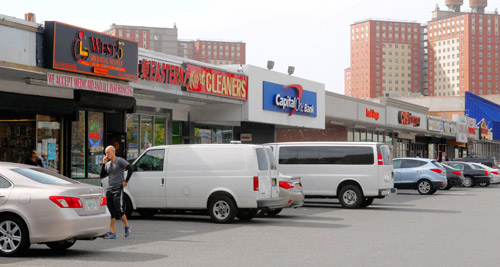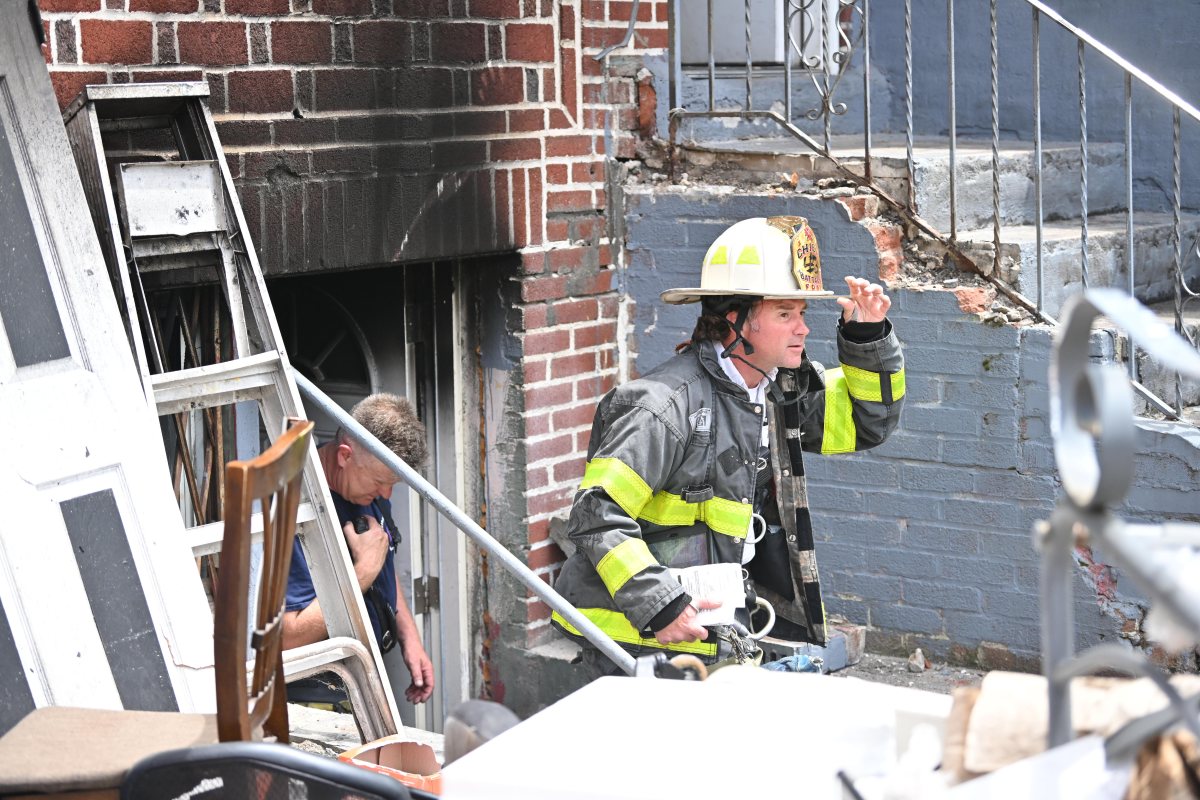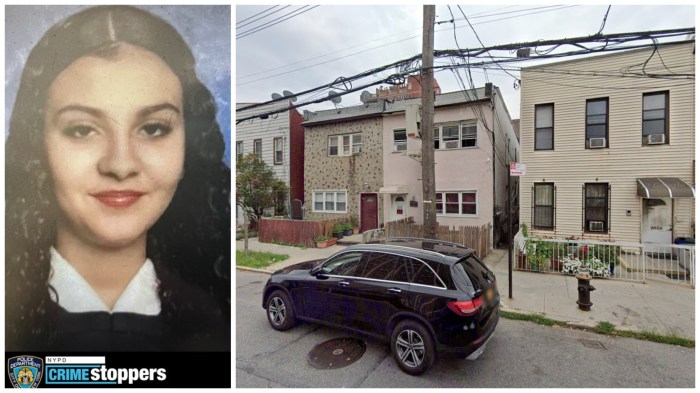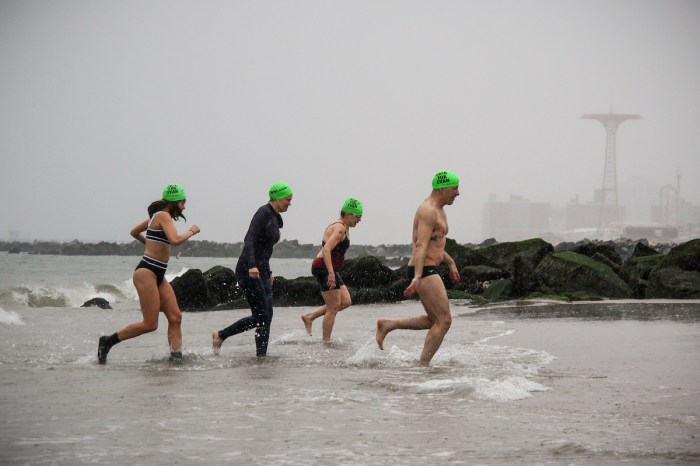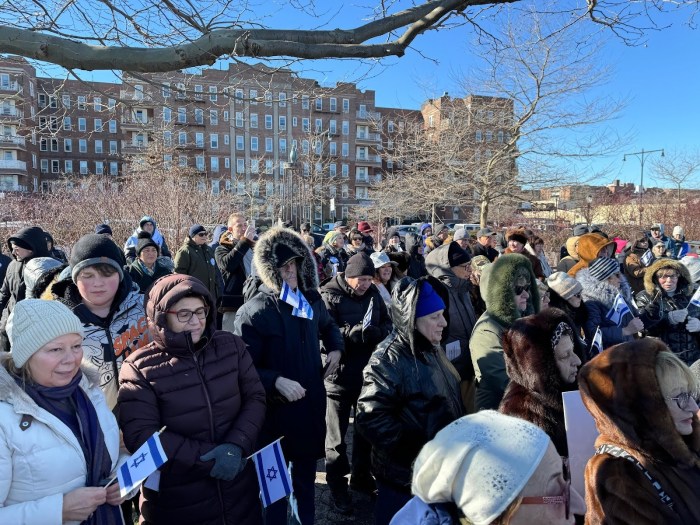Fears of chemical contamination could now trump all other issues in the controversial demolition of the Trump Village Shopping Center.
The shopping center was built on the site of a manufactured gas plant that operated from the late-1890s until the mid-1900s and the land still has traces of hazardous chemicals — including cyanide and heavy metals — all above the recommended standards, according to state data.
Residents are concerned that major construction on the site of the former Dangman Park Manufactured Gas Plant could stir up these contaminants and pose a health threat to locals, who are mostly senior citizens. Some question if it would be appropriate to build a 40-story residential tower on a polluted lot that is being tracked by the state Department of Environmental Conservation.
“That is an old contaminated site,” said Steve Barrison, the President of the Bay Improvement Group. “There are records showing that there is significant contamination. The stuff leeched and leaked into the groundwater.”
In 2011, Acradis — a consultancy that focuses on environmental issues — prepared an extensive, 1,433-page remedial investigation work plan for the site on behalf of National Grid, which bought the company that originally operated the plant. The National Grid plan — which is under the supervision of the state departments of Health and Environmental Conservation — outlines numerous “chemicals of concern” and other toxic threats.
In addition to cyanide and heavy metals such as mercury, manganese, and selenium, the site’s soil also has extensive evidence of pesticides, highly flammable chemicals, and compounds that can cause chronic breathing problems, according to the 2011 report.
The Department of Environmental Conservation said that if the site is completely demolished, the department will help ensure residents are protected from the chemicals.
“If redevelopment occurs at the site, DEC will require appropriate monitoring and protections for both cleanup workers and the surrounding community to protect against human exposures during all phases of investigation and cleanup work,” said a department spokesman.
The department said National Grid will be required to conduct additional investigations and remediate the site before redevelopment begins. Further steps include a feasibility study, which will evaluate potential remedial actions to address the contamination, and a remedy, which will be subject to a public comment period, according to the department.
Locals protesting the closing of the shopping center have so-far focused on fears that senior citizens in Trump Village with limited mobility would lose their independence with the shops’ destruction, but one resident said the revelations of contamination change everything.
“The conversation has to be focused on the environmental issue,” said Brian Gotlieb, who has lived in Trump Village for 29 years.
A source close to the developer, real estate mogul Rubin Schron, said the tentative plans for the tower include a shopping center on the ground floor of the building, with stores similar to the existing shops — though he did not say how many of the existing stores would be returning to the new complex. He also said there are provisional plans to put some stores and the post office in mobile trailers while the area is under construction.
He said he was not aware that the site was contaminated.


